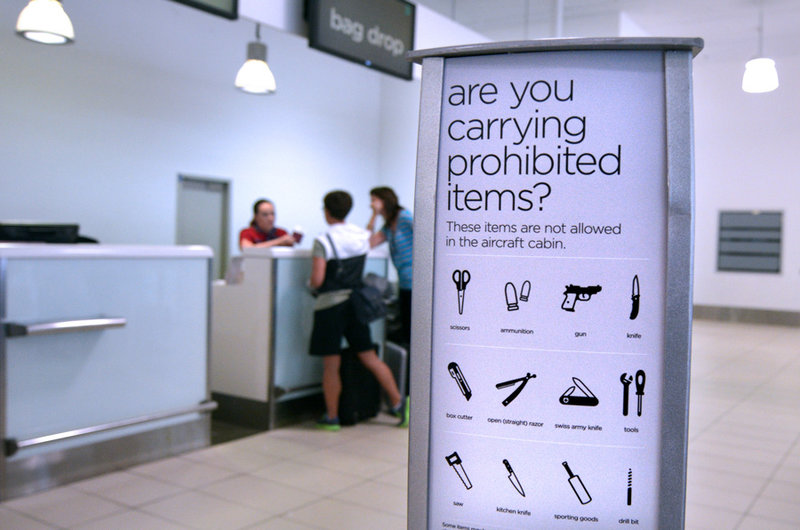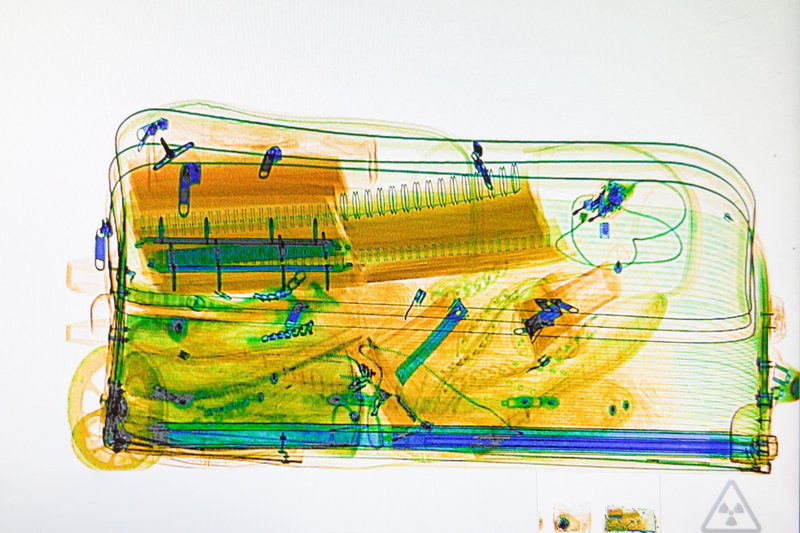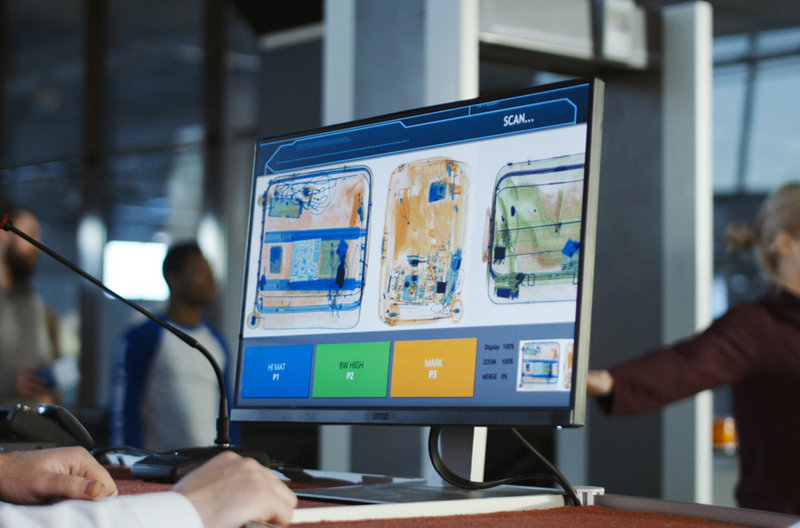I
n March 2017, the UK Government introduced a ban that prevented travellers on UK-bound flights from the Middle East and North Africa from carrying large electronic devices in the aircraft cabin.
As part of the move, passengers flying from certain airports in Tunisia, Turkey, Egypt, Lebanon, Jordan and Saudi Arabia were prohibited to carry items such as phones, laptops and tablets as a measure against potential terrorist threats.
While the ban was removed in August 2018, during the year it was in place, concerns were raised around the impact this imposition could have on those who travel for personal and business purposes.
Fears about the ban’s implications prompted the Defence and Security Accelerator (DASA) – a branch of the UK Defence Science and Technology Laboratory and the Ministry of Defence responsible for funding innovations in the defence and security sectors – to launch a competition titled ‘Finding explosives hidden in electrical items’.
The initiative called companies from around the world to develop new systems capable of detecting explosives in electrical devices during airport security checks or inside the cabin. It is part of a wider programme called Future Aviation Security Solutions (FASS) organised by the UK’s Home Office and Department for Transport.
Caption.
Image courtesy of
The competition
Launched in autumn last year, the competition is still in its early stages at the time of writing. Most of the participating projects started with a low technology readiness level, which indicates the maturity of the product.
With their projects still in their infancy, the majority of the companies and research groups need financial support to build a prototype and bring their technologies to life. An event hosted by DASA and FASS in late September gave them the opportunity to present their products and attract new investors.

Image: ChameleonsEye / Shutterstock.com
While the technologies used for the different products vary significantly, the common goal is to find a quick, affordable and straightforward system capable of recognising the presence of an explosive, without affecting customer service. Despite being in a rather premature phase, the concepts presented on the day have the potential to bring significant contributions in the field of checkpoint security.
The common goal is to find a quick, affordable and straightforward system
academic innovators
An ever-growing level of excellence in academic research in the UK meant that several universities from across the country were invited to the event to present their products.
A team from Cranfield University introduced a system capable of detecting explosives within electronic devices through portable X-ray scattering. Representing the university at the conference, Professor Keith Rogers said: “Our concept is based on a very simple X-ray scanning system, which exploits X-ray scattering as opposed to direct imaging. We can also demonstrate a relatively high sensitivity to small amounts of explosive, at relatively high speed, low power and low watt, automation and low cost.”
One of the most interesting proposals was brought forward by the University of East Anglia, where a team of researchers came up with the idea of using 3D scanners to detect explosives and other objects. The only project of its kind, the technology was explained by Professor Richard Harvey, who said: “You don't have to unpack your bag for 3D scanners, so one of the questions we've been looking at is ‘what is actually the advantage of 3D scanning in terms of detection of objects’? We can answer that question, because if we have 3D data (and at our starting point we had a dataset of 3D data) we can project that data into 2D and then you can see the effect of 2D compared to 3D.”

Image courtesy of
The main focus for Harvey’s team is testing how 3D scanning can combine with segmentation technology, which he believes “is going to be very important for 3D".
“There are very good technical reasons why this is a special challenge for some deep learning systems”, he said.
Finally, researchers at Durham University travelled to London in search for investors for their automated in-situ screening technology and alarm resolution solutions.
Throughout the developing process, Professor Toby Breckon explained how the team looked at conducting “the next generation of anomaly protection algorithms, looking particularly at in-situ screening of varied electrical items”. However, he added that the team didn’t particularly focus on detecting explosives, but rather on finding abnormalities in all electrical items.
Several universities from across the country were invited to the event to present their products
Contributions from the private sector
As well as working on their own project, Durham University collaborated with Micro-X, an Australian company that designs and manufactures X-ray imaging systems for medical and security applications. Micro-X, which also attended the event, developed a portable X-ray backscattering imaging system able to provide high resolution images of devices.
Finnish start-up Karsa Oy also flew all the way to London to offer its approach to airport security scans and presented an automated explosives vapour detector, a machine capable of automatically screening all vapours coming off an object. According to chief product officer Aleksei Shcherbinin, the product also allows users to “detect other chemical signatures or anything that exists in a molecular form".
The need for the system to be as handy for operators as possible was a common denominator throughout the event, but NWPRO’s human resources manager Andrew Simmons made it a core characteristic of his company’s Deeper Scan technology.

Image courtesy of
“The Deeper Scan project uses a state-of-the-art learning and detecting analysis technique to provide ultimate threat detection,” he explained. “The primary scanning process presents an operator with a lot of problems, but Deeper Scan uses real-time comparison to divide and scan any similar devices. The system sees if these contained modifications are identifiable at any time or effort required by an operator.”
Simmons also claimed that the technology can be used by airport security, as well as be converted into a conventional X-ray machine or alternative technology for integration. As he put it: “Deeper Scan will have a significant importance for security and user experience, with increased detection, but it will also improve the gate significant chain and operator rotation.”
Deeper Scan will have a significant importance for security and user experience
Next steps
Coming up next for most of the 15 contenders present at the Demonstration Day is the development of a prototype and carrying out the necessary testing to prove their concepts. The completion of this phase is not expected before the end of 2019.

Image courtesy of
While the government’s ban on electronic devices has since been lifted, with Brexit looming and the threat of terrorist attacks constantly menacing both the UK and Europe, it is now essential to have an improved security system at airport checkpoints. One or more of these technologies could be part of the solution.
The threat of terrorist attacks constantly menacing both the UK and Europe